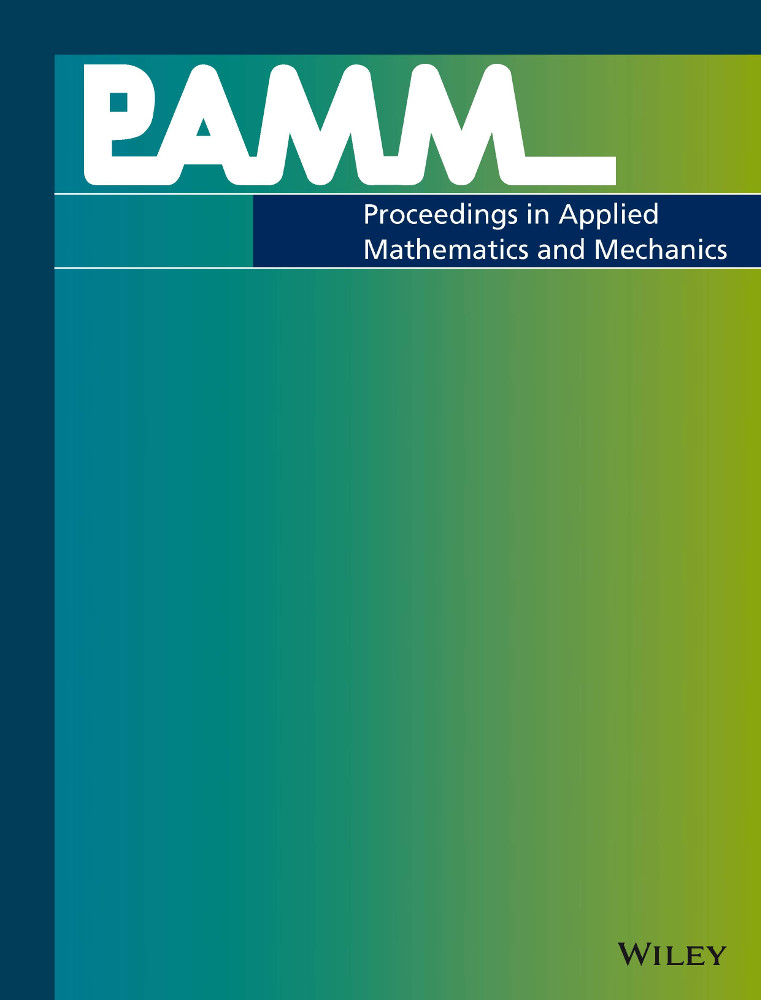Consistent Euler-Bernoulli beam theory in gradient elasticity: Two equivalent formulations of a simple constitutive law
Abstract
The classical Euler-Bernoulli beam theory in elastostatic is known to be inconsistent, since the equilibrium equations are not satisfied in local form. Recently, it has been shown that the theory will become consistent if one assumes elastic anisotropy subject to internal constraints. This is shown to be true even for a simple gradient elasticity law. Normally, beam bending is considered as one-dimensional problem. We summarise in the present paper the results of a previous work concerning two well-known one-dimensional formulations of Euler-Bernoulli beam and gradient elastic material behaviour. The two formulations appear to be different because the functional of internal forces includes the cross-sectional area of the beam in one but not in the other. It is shown that the two one-dimensional formulations can be derived as special cases of a three-dimensional simple gradient elasticity model and that they are equivalent to each other.




